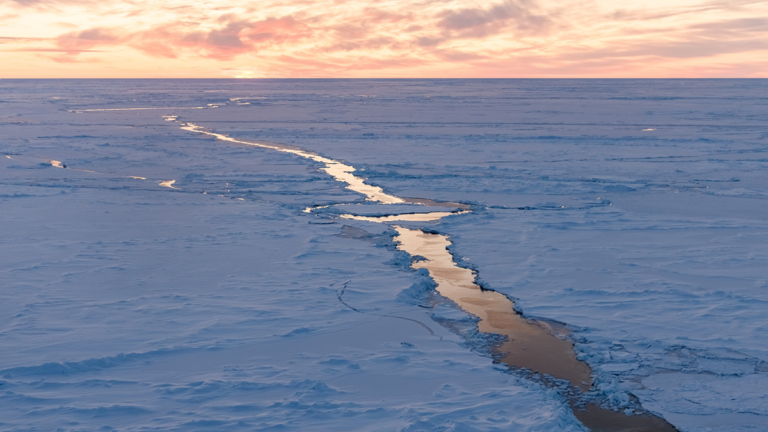The Finnish Meteorological Institute (FMI) has announced the launch of a new climate research project that will contribute to a more precise understanding of the ocean-ice-snow-atmosphere system to deliver improved models that describe polar and global climate.
The project – called Climate relevant interactions and feedbacks: the key role of sea ice and snow in the polar and global climate system (CRiceS) – brings together 21 international research teams, from Europe, Canada, South Africa, India and Russia, at the forefront of polar and global climate research.
The project is part of the EU’s Horizon 2020 (H2020) research program, which funds projects that support the transformation to a low-carbon, resilient future and the climate action that supports the Paris climate agreement. CRiceS will receive €8m (US$9.7m) funding from the EU and will be carried out during 2021-2025.
CRiceS involves a broad team of researchers to tackle the role of polar processes within the climate system, including climate physics, chemistry and biology. “We believe that our integrated approach, including experts on both modeling and observations, helps us to understand not only the polar processes but also how the polar systems are linked to global climate and society,” said Risto Makkonen, coordinator of the project and research professor at FMI.
The CRiceS project focuses on improving model predictions of the role of polar processes in the climate system that consists of the oceans, ice and snow cover, and the atmosphere. It is crucial to understand the role of the polar processes, such as feedback loops, in polar and global climate. One of the main ways scientists can improve our understanding of environmental change is to combine knowledge from different disciplines in a coordinated way.
CRiceS will enhance climate models and improve how they represent polar ocean-atmosphere interactions with the goal of delivering improved predictions of polar and global climate change.
“After all, global climate models are the key tool for predicting future changes in polar and global climate systems. Improved models would be capable of simulating detailed processes and especially interactions and coupling of polar systems, such as ocean, sea ice and atmosphere,” added Makkonen.



